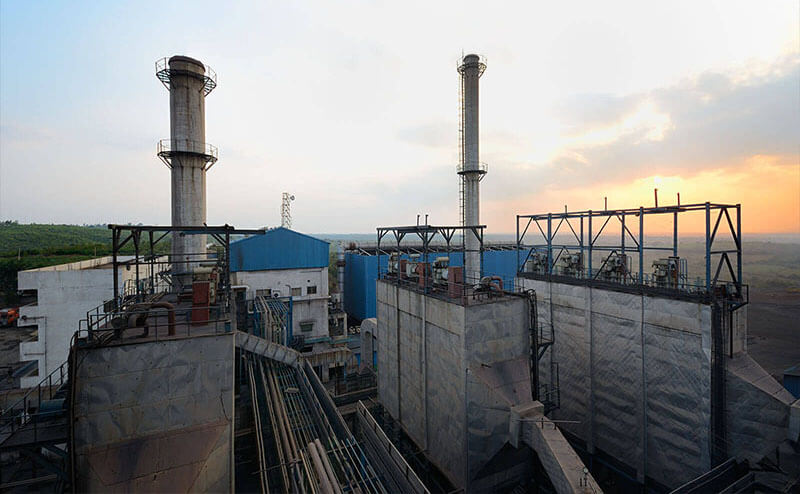
If someone described The Coat Hanger as an economic feat as well as an engineering triumph, what would you think?
Someone is joking with you!
No. That someone would not be joking with you, instead that someone would simply happen to be an Australian, and he would be talking about the Sydney Harbour Bridge. The Australians, who are very fond of nicknames, affectionately call the Sydney Harbour Bridge as ‘Coathanger’ because of its structural shape.
Not only is it the world’s largest single span steel arch bridge, but also a global award winning engineering landmark. It is an architectural marvel! The bridge is actually built in Port Jackson, where the waters of Sydney Harbour, Middle harbor, North harbor, and the Lane Cove and Parramatta rivers meet. It is a natural harbor for inlet of Tasman Sea, part of the South Pacific Ocean.
The story behind the construction of the bridge is very interesting. It took Australian government over 100 years to finally approve the construction, due to various reasons including World War I.


There were plans to build a bridge as early as 1815, when noted architect Francis Greenway proposed that a bridge be built from the northern to the southern shore of the harbour. In a letter to “The Australian” newspaper he said that a bridge would give an idea of strength and magnificence that would reflect credit and glory to the country.
In 1840, naval architect Robert Brindley proposed a floating bridge. A suggestion for a truss bridge was made in 1879, and in 1880 a high-level bridge estimated at $850,000 was proposed. In 1900, local engineer Norman Selfe submitted a design for a suspension bridge.
Originally the plan that was approved for the bridge was a steel cantilever bridge, but after a lot of discussion and debate, and with the advancement of technology over the years, it was decided that steel bridge would be much stronger, cheaper and more reliable. Because the architectural masterminds in particular and the world in general, had come to realize that, steel as an alloy had emerged as the strongest metal
So, the construction of the Sydney Harbour Bridge as a steel through arch bridge started in 1923 with John Bradfield, Ralph Freeman and Thomas S. Tait as the architects, and was completed in 1932 after 9 years. The materials used are steel, granite and concrete.
It has 2 rail tracks, 8 road lanes, 1 pedestrian way and 1 cycle way.
- Width – 161 ft.
- Length – 3770 ft.
- Height – 440 ft.
- Clearance below, between the water and the deck – 161 ft.
The total weight of the bridge itself is 52800 tons and it cost 13.5 million AU dollars. Now can you guess the total steel used in it?
The steel in the bridge will total 50,200 tons… and to produce that much steel, 80,000 tons of iron ore, 15,000 tons of limestone, 3,700 tons of dolomite, and about 180,000 tons of coal is required. That is where the inner strength of the Sydney Harbour Bridge comes from.


These specifications required in the production of steel can be verified at Sunvik’s steel plant at Sira Taluk in Tumkur District of Karnataka. Sunvik rolls on a maximum efficient and eco-friendly plant. I have personally visited the plant and watched all of their processes, the best thing about their plant it that, it is a zero solid waste disposal unit, the only plant in the whole of South India. Their commitment to the cause and their own personal inner strength in dealing with maintaining the quality of the product matches the inner strength of the steel they produce.





